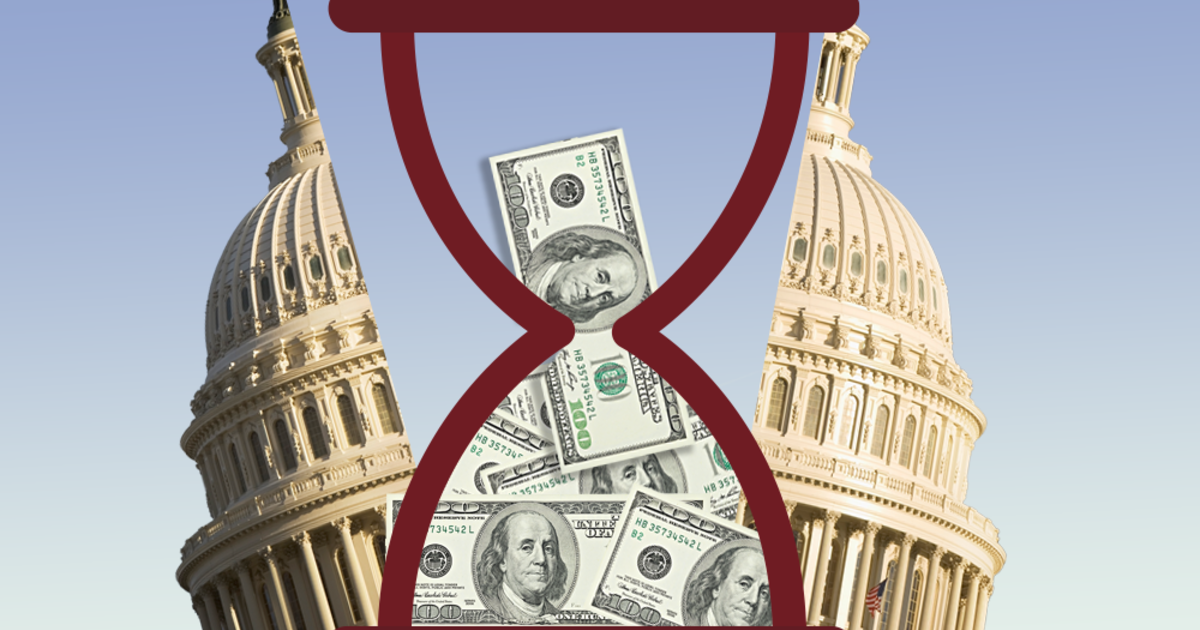[ad_1]
The Centers for Medicare and Medicaid Services would pay 340B-eligible hospitals $9 billion to offset payment cuts the Supreme Court deemed unlawful, the agency said in a proposed rule issued Friday.
CMS cut Medicare 340B payments by roughly 30% for most outpatient drugs from 2018 through Sept. 27, 2022. The Supreme Court ruled in June 2022 that CMS did not have the authority to reduce reimbursement because it did not gather data on what hospitals pay for outpatient drugs.
On Friday, CMS proposed a $9 billion lump-sum payment dispersed at the end of 2023 or by early 2024 to each of the some 1,600 affected 340B-covered hospitals that were paid less due to the now-invalidated policy. Providers and other stakeholders have 60 days to submit a comment on the proposal, which CMS plans to finalize by Nov. 1.
“This fills that [payment] gap for those hospitals in the most expedient way possible in a way that is not disruptive,” said Dr. Meena Seshamani, CMS deputy administrator and director of the Center for Medicare. .
The 340B drug discount program gives hospitals that treat low-income and uninsured patients drug discounts as steep as 50%. Hospitals, particularly those in rural areas, say the program is vital, especially as providers grapple with higher labor and supply costs.
The proposed rule would need to be budget-neutral, meaning that CMS would decrease reimbursement for other services and products so annual Medicare expenditures do not change. CMS estimates that all hospitals were paid $7.8 billion more for non-drug items and services from 2018 through Sept. 27, 2022, than they would have been paid in the absence of the 340B payment cuts.
Under the proposal, the agency would lessen future non-drug item and service payments by reducing outpatient payment rates by 0.5% from 2025 through 2041. CMS estimated that 0.5% reduction to the Outpatient Prospective Payment System conversion factor for those non-drug items and services would amount to $335 million in 2025.
The proposed rule drew mixed reactions from hospital associations. Rick Pollack, American Hospital Association president and CEO, said in a statement that while the AHA is pleased that hospitals will be repaid promptly via a lump sum, the association is disappointed that the federal government will recoup funds from other hospitals that “cannot afford additional Medicare payment cuts.”
Dr. Bruce Siegel, president and CEO of America’s Essential Hospitals, said in a statement that cutting non-drug payments “blunts the impact of the remedy by ensuring years of future underpayments.” The organization is also disappointed that the remedy does not include interest, Siegel added.
The proposal takes into account the pressures hospitals face ranging from inflation to workforce shortages, but clawing back five years of payments sets a dangerous precedent, Chip Kahn, president and CEO of the Federation of American Hospitals, said in a statement. “It runs counter to the law and violates the finality and predictability principles that are foundational to the Medicare outpatient prospective payment system.”
Premier, the group purchasing and consulting organization, said in a statement that the proposal represents “a clawback in disguise.”
The American Hospital Association, among other stakeholders, has lobbied to preserve the 340B program, which continues to face a number of legal and regulatory threats. Drugmakers continue to limit 340B drug discounts dispensed through contract pharmacies following a Third Circuit Court of Appeals’ ruling in January that largely favored three drug companies seeking to pare drug discounts. Two similar cases are pending in federal appellate courts.
Hospital outpatient clinics are worried they will lose 340B eligibility since the Health Resources and Services Administration removed guidance from its website in May. The guidance, issued in June 2020 during the COVID-19 pandemic, allowed 340B-eligible hospitals to prescribe discounted drugs for patients seen at off-site clinics before those clinics were registered with the Office of Pharmacy Affairs Information System and were listed on a Medicare cost report.
[ad_2]
Source link



